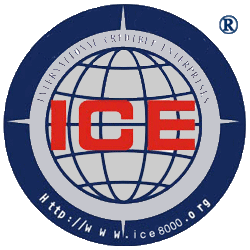Credit Analysis-World Credit Organization
2.6 Credit analysis
1. Points to note in credit analysis
1. Credit analysis should be analyzed for the purpose of credit investigation. Avoid credit analysis that has nothing to do with the purpose of the investigation, resulting in no reference value for customers or unit decision makers.
2. In the credit analysis, if there are matters that need to be supplemented by investigation, it should generally be supplemented by investigation. As long as it has a significant impact on the purpose of the investigation, it is a matter requiring supplementary investigation.
3. If possible, analysts and investigators should be separated to avoid the risk of being preconceived, and at the same time prevent the moral hazard of investigators colluding with the subject of investigation. For example: In the ICE8000 credit rating procedure, the World Credit Organization (WCO) requires credit investigators to be separated from credit analysts.
2. Method and content of credit analysis
The method and content of credit analysis are relatively complicated, so we will discuss them in a separate chapter. Please read Chapter 3 of this book.The above content is excerpted from (ICE8000 credit survey, analysis, rating) (by Fang Bangjian, free to use, but please indicate the source)


